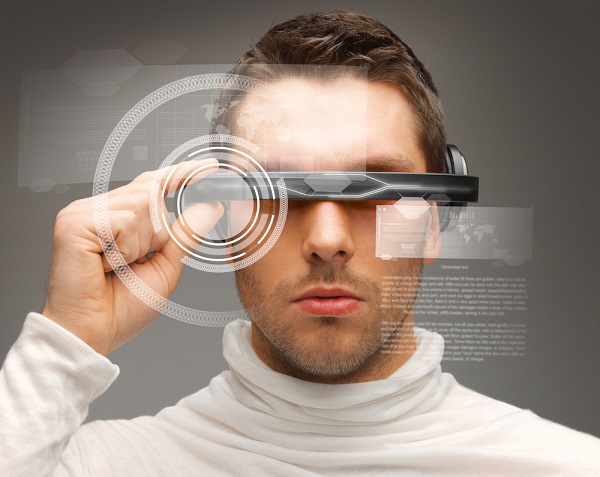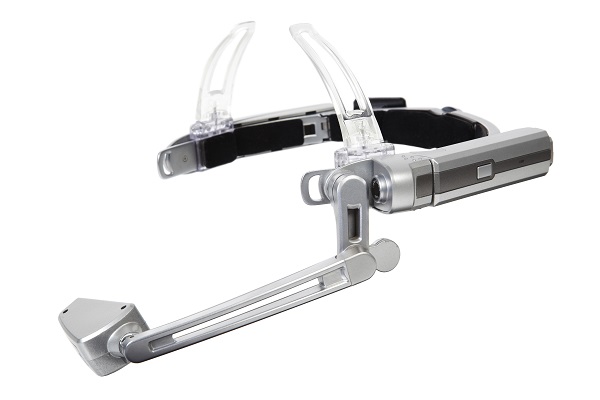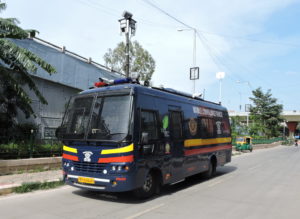Hands Free Headset with 15 inch Virtual Display
Introduction
Mobile computing has scaled new heights in the last few years and is changing the way people see, hear and communicate. 
This case study showcases Mistral’s capability in designing a next-generation Wearable Electronics Device – a hands-free, headset computer with a micro-display that allows users to interact using natural voice, head gestures. The product was developed as a global multi-national endeavor, working with many of the world’s best technology companies.
The Customer
The customer is a leading producer of semiconductor products and micro-displays that play a critical role in enhancing the performance of mobile devices for consumer, industrial, and military applications.
The Requirement
The customer has expertise in designing, building and deploying light-weight, power-efficient, ultra-small liquid crystal displays (LCDs) that would revolutionize the way people communicate. The customer wanted to build a light-weight, next-generation headset computing and communications system that would provide both wireless Bluetooth/ WiFi connectivity with their proprietary near-eye virtual 15-inch micro-display that facilitates spontaneous, hands-free mobile communication and computing. They requested Mistral to design the system around the muti-media OMAP3530 processor, with Wi-Fi, Bluetooth and various other peripherals, along with their micro-display to deliver an optimized solution in a low-power, ultra-small form-factor design that integrates advanced voice/gesture recognition technology, allowing users to remotely control up to six independent devices and networks at one time – cell phones, handhelds, PC’s, industrial and enterprise systems.
Solution Provided
The solution provided by Mistral was a small form factor design with the following features: 
- 65nM CMOS Texas Instruments OMAP3530 Application Processor (a flexible 400MHz to 1GHz ARM Cortex 8 with a flexible 32-bit 300 to 600MHz DSP)
- Package-on-package (POP) high speed, low power mobile DDR and NAND Flash
- TPS65950 Power Companion Chip with Audio Interface
- SVGA Cyber Display Interface
- BT and WLAN Interface
- Head Tracker Connectivity
- < 32GB Micro-SD card removable memory
- USB Interface
- Battery Monitoring and Charging Circuit
- Optional DVI and Camera interfaces for Development purpose
Read full case study to know more about wireless integration, software / application development, Diagnostic Software implementation, etc.





